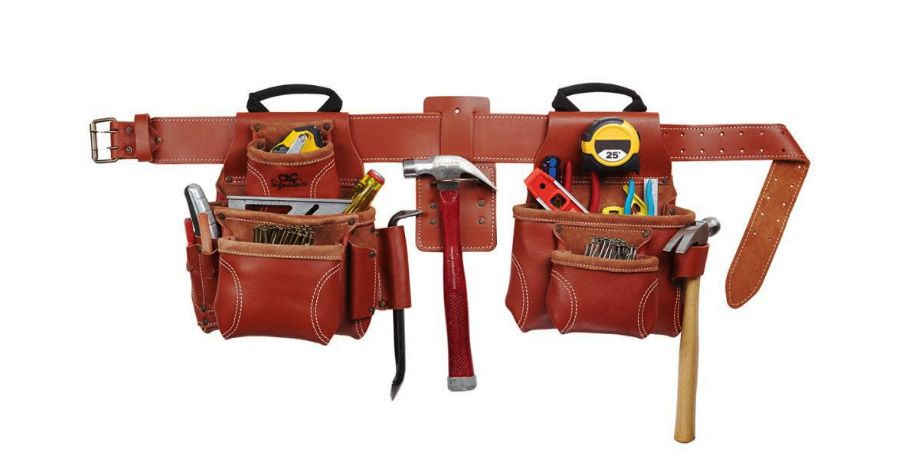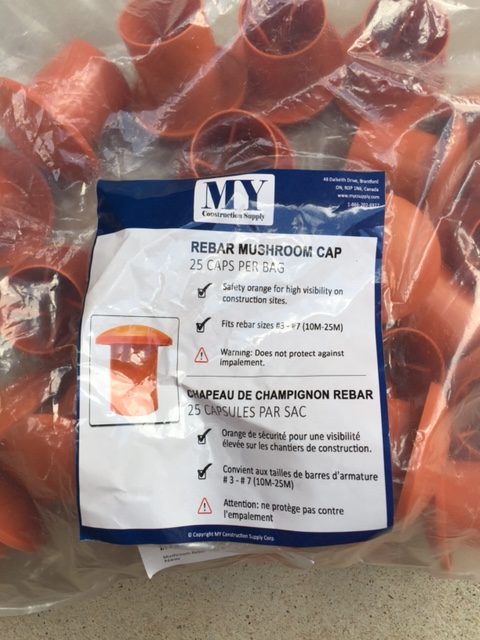By Joe Gresh
I didn’t start out working for Mr. Bray. He was a deep red construction foreman who had been baking in the Florida sun all his life. His nose looked like Bob Hope’s except God had pressed his thumb into Mr. Bray’s right nostril and kind of smooshed the thing to the side. Mr. Bray ran projects all around Miami. I was a laborer helping my dad who was an equipment operator. The main job of labor for an equipment operator is to never let the operator get off the machine. Anything that needed to be done in order to keep him in his seat was my responsibility.
Mr. Bray had hired my dad to do the earthwork on a shopping center he was building in North Miami. I was a hard worker because I wanted to make some seed money and go back to California. I was taking growth hormones and steroids at the time. It was all I could do not to tear the footings out of the ground with my bare hands. The meds were prescription: Starting with a 5-foot tall, 98-pound body the pills added 6 inches in height and 27 pounds in acne over 3 years. I had abundance of energy, man. I tore around the construction site like a banshee. Mr. Bray liked a hard worker, drug-induced or not, so he hired me away from my dad just by offering twice the money.
The job was Union, which meant I had to join one. Mr. Bray had connections at the carpenter’s local so he arraigned for my union card. This was a big deal because normally you’d have to wait in line to join and then you’d have to wait in line until the Union sent you out on a job. It might take several years to clear the backlog. I was a First Period Apprentice without missing a paycheck.
When I got that paycheck it was a disappointment. The Union dues sapped a lot, then the federal and state deductions sapped some more. My dad paid cash, you know? I ended up making less money than before. Mr. Bray had pulled strings to get me in but I showed him my pay stub anyway. “That’s not so good, is it?” Mr. Bray said. I told him that it wasn’t but that I would carry on. I mean I had taken the deal; I felt obligated. “Lemme see what I can do about it,” Mr. Bray told me.
The next paycheck I received my rating was Third Period Apprentice (equivalent to 1-1/2 years of experience and passing several written tests) and I was making 8 dollars an hour. This was more money than I had ever made in my lifetime. From then on my loyalties were clear. I was Mr. Bray’s boy. If he needed a body buried on the site I would do it faster and better than anyone else.
Mr. Bray’s crew consisted of a journeyman carpenter, a mid-level carpenter, a laborer and me. In practice, we weren’t tied to a trade. I might have to do a little wiring, relocate pipe or dig a foundation. We formed all the foundations, then the steel workers would tie the steel and we would pour the concrete. These were non-cosmetic jobs. For slabs we hired a crew of finishers.
It didn’t set well with the other guys when Mr. Bray made me the foreman the few times he had to go off site. I only had like two months of construction experience but had absorbed a lot more knowledge just by being around my dad. The journeyman carpenter got sulky taking orders from a third period apprentice.
I have never been a leader of men. My approach to management is to tell everyone to stay the hell out of my way and I’ll do it myself. Surprisingly it worked in this instance because these guys still had remnants of a conscience. We usually got more done when Mr. Bray was gone.
Mr. Bray used my size to motivate the crew. Whenever there was something heavy to move the guys would bitch and want a crane. “Gresh, put that plank on the roof.” That was all I needed to hear. I was a greyhound shot out of a gate. I’d shoulder the 10-inch wide, 20-footer, run full tilt at the building, spear the end of the board into the ground like a pole vaulter and walk the board vertical onto the wall. While the rest of the crew shook their heads in pity I’d run up the ladder and grab the board, hand-over-handing the thing until I could rest it onto my shoulder. Putting the wood onto the roof took about 45 seconds.
The whole thing had a creepy, Cool-Hand-Luke-when-he-was-acting-broken vibe but I wasn’t acting. It was more an act of unreasonable anger. I wanted to get stuff done. It was all that mattered to me. Mr. Bray would turn to the guys and say “Look at Gresh, he did it easy. You don’t need a crane. Now put the rest of those damn boards up there.” Picturing the guys pole-vaulting the boards up one by one I’ll never understand why they didn’t beat the crap out of me when Mr. Bray turned his back.
Another Union trade on a construction job are the bricklayers. They would put up walls on the foundations we poured. The floors were left dirt to allow new tenants to choose the interior layout. After they put up the walls we would tie the steel and form the gaps between sections of wall then pour them full of concrete. The poured columns made a sturdy wall. Unfortunately, being only 8 inches wide, the wall is very fragile until the concrete columns are in.
Mr. Bray was always looking for ways to save the company money and as my dad’s equipment was still on site he would have me do small operator jobs rather than have my dad drive to the site and charge him. We needed a trench for something, I can’t remember what but since we only had a 14-inch bucket it didn’t matter. I was digging inches away from a wall with the backhoe at 45 degrees to allow the bucket to dump the spoil. I could only put one outrigger down because the wall was too close. The whole setup was wobbly and when a return swing ran a bit wide the boom tapped the wall. Not hard, it didn’t even chip the blocks.
It happened so slowly. The wall teetered. I pulled the boom away. I was wishing it to settle down. The wall tottered. More thoughts and prayers were directed at the wall. Slowly the wall went over and smashed into pieces. After checking to see that I didn’t kill anyone I went to Mr. Bray. “Um…we have a problem, Mr. Bray.”
He was marking stuff on his critical path chart. “What is it, Gresh?”
“You better come take a look.”
We walked over to the crushed wall. I explained everything like I just did. Mr. Bray was fighting some inner demons for sure. Finally his face relaxed and he said, “Don’t worry about it, we’ll tell the bricklayers the wind blew it over.” Man, I loved that guy.
From my dad I learned a perfectionism that I have rarely been able to equal. From Mr. Bray I learned that perfection is a great goal but the job needs to get done because another trade is waiting on you. Mr. Bray would let a lot of things slide that my dad would obsess over. Working for Mr. Bray was much less stressful and customers inside the finished shoe store could not tell the difference.
The shopping center was nearly done. I had worked for Mr. Bray 6 months. I had a couple thousand dollars saved and told him I was going back to California. “Why don’t you stay on? I’ll train you in construction management, you’ll be a journeyman carpenter in 5 years and you’ll be running jobs like this.”
Mr. Bray was offering me his most valuable gift. He was offering me everything he had: To pass his lifetime of knowledge on to me. I had to go back to California though and I left feeling like I had let Mr. Bray down in the end. And even today I’m not settled. I’m still trying to finish the damn job.
Keep the hits coming and keep us online: Please click on the popup ads!
Never miss an ExNotes blog:






 We never used re-bar caps back when I was doing construction. I don’t think they had been invented yet. It was a different time: You had to be tough, man and I was. If you tripped and fell onto an exposed re-bar the thing would go clean through you and out the other side. The jobsites I worked on were grisly with dead men impaled on rusting steel. I’ll never forget that smell. In the hot Florida sun the bodies bloated fast, seemingly still alive as they twitched and waved a stiff, blackened hand each time a bubble of gas escaped.
We never used re-bar caps back when I was doing construction. I don’t think they had been invented yet. It was a different time: You had to be tough, man and I was. If you tripped and fell onto an exposed re-bar the thing would go clean through you and out the other side. The jobsites I worked on were grisly with dead men impaled on rusting steel. I’ll never forget that smell. In the hot Florida sun the bodies bloated fast, seemingly still alive as they twitched and waved a stiff, blackened hand each time a bubble of gas escaped.